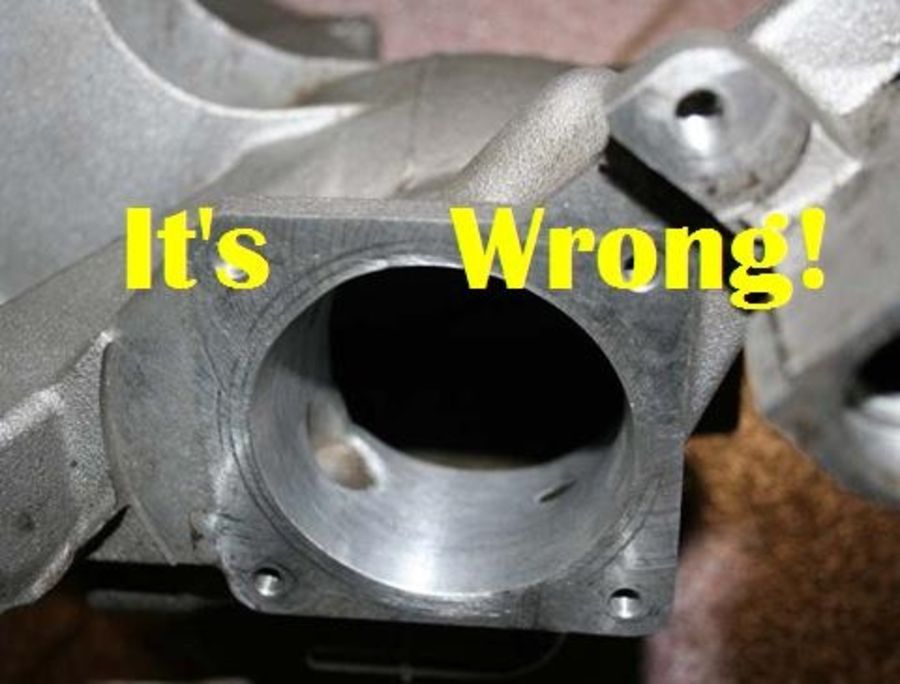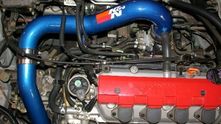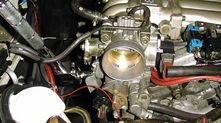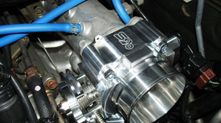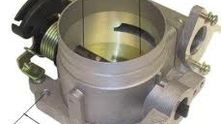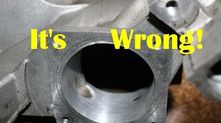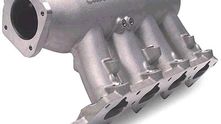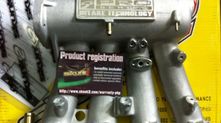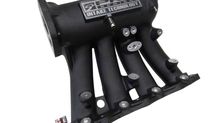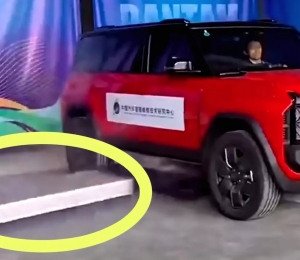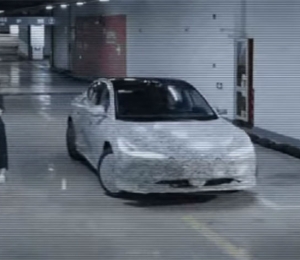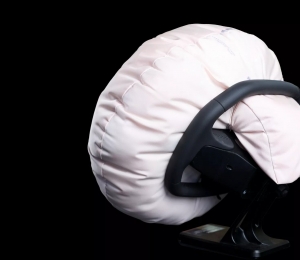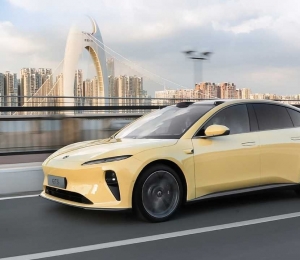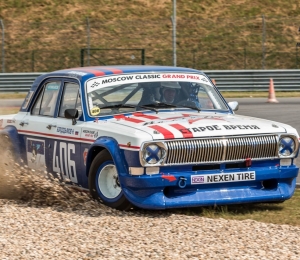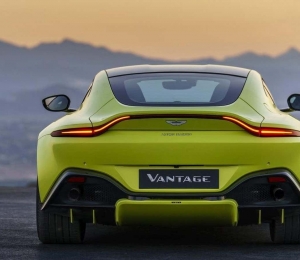It is the second part of the "Prepare your car" topic. In the previous part we discussed the issue of strong car body and I described such means as stabilizers, strut bars, anti-roll bars, sway bars. But they are almost meaningless and useless if your car doesn't have enough power. That's why this time I'm about to describe the means which should make your car go a little bit faster.
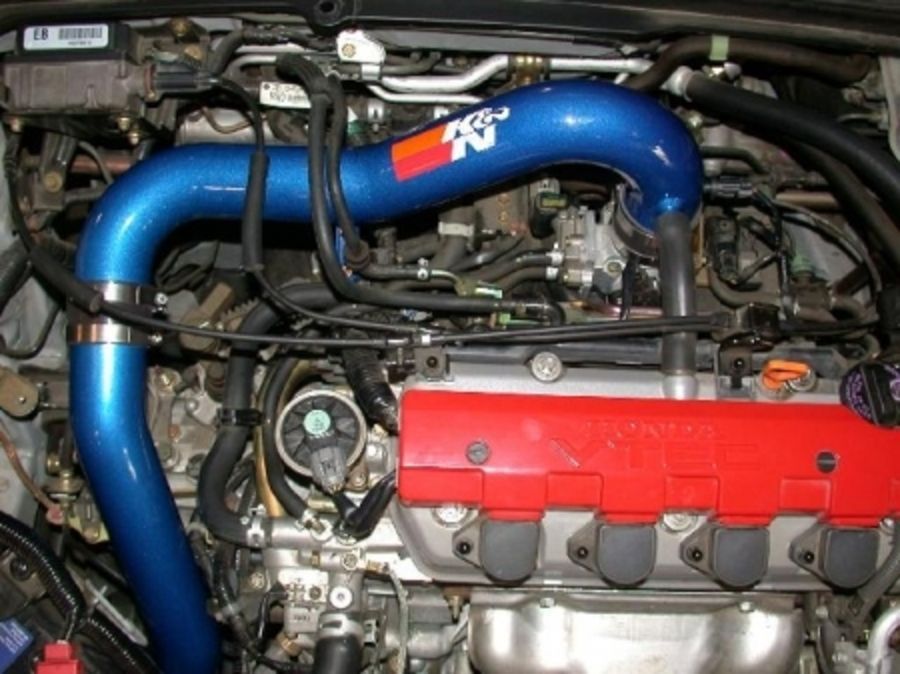
As far as I have '92 EG Honda Civic I've lurked different Honda forums, but the most useful is Honda-Tech in which I found the info and I'm about to share it with you. The original post is written by Spade from Hoda-Tech, but I've changed it a little, I hope nobody minds. Don't pay the attention that it was found in the forum devoted to the Hondas, most engines work by the same prinicple, so the info will be useful for all (excep turbo owners I think).
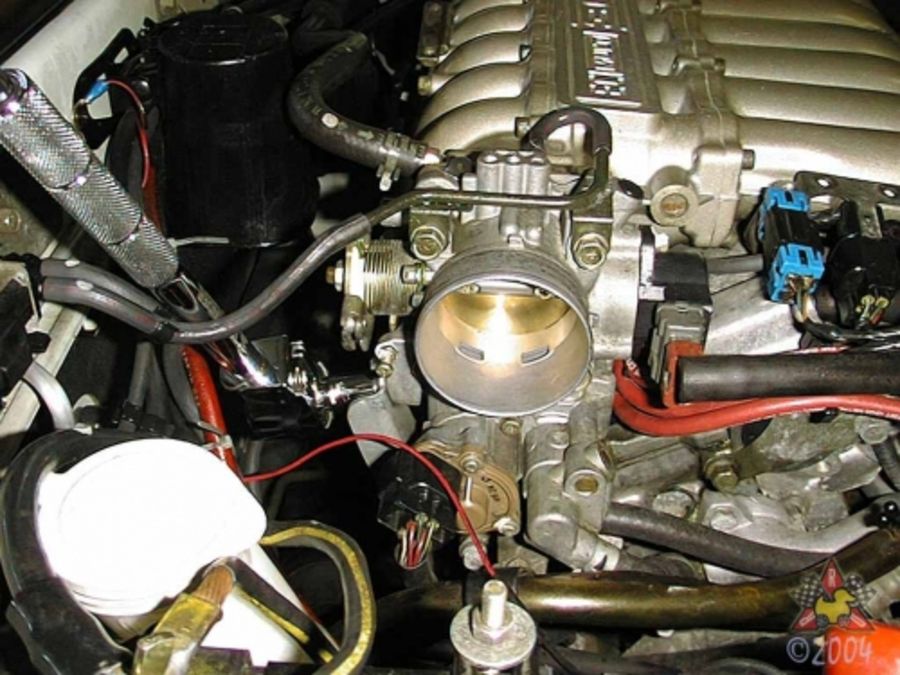
INTAKE
From my previous posts you should know that the main aim of all intakes is to mix an air with petrol. It's one of the main objectives of an engine. So, first of all let's make it breath well enough.

Cold Air Intakes make allow for a rather comfortable bump in the mid-range horsepower if they're placed in the front bumper. For exampe, the dyno test of RSX-S with K20s and CAI showed +20 Wheel HorsePower (whp) against +5 whp with short intake. Of course in some states it's not impossible to install such setup because of the weather and water which can get into the CAI, but if you don't have such problems or you don't mind or install such tuning just for competitions not everyday use you just have to get acoustic testing CAI (not chinese cheap e-bay noname brands!). If you know what brands crate their CAI's using AT, name them in comments BELOW.
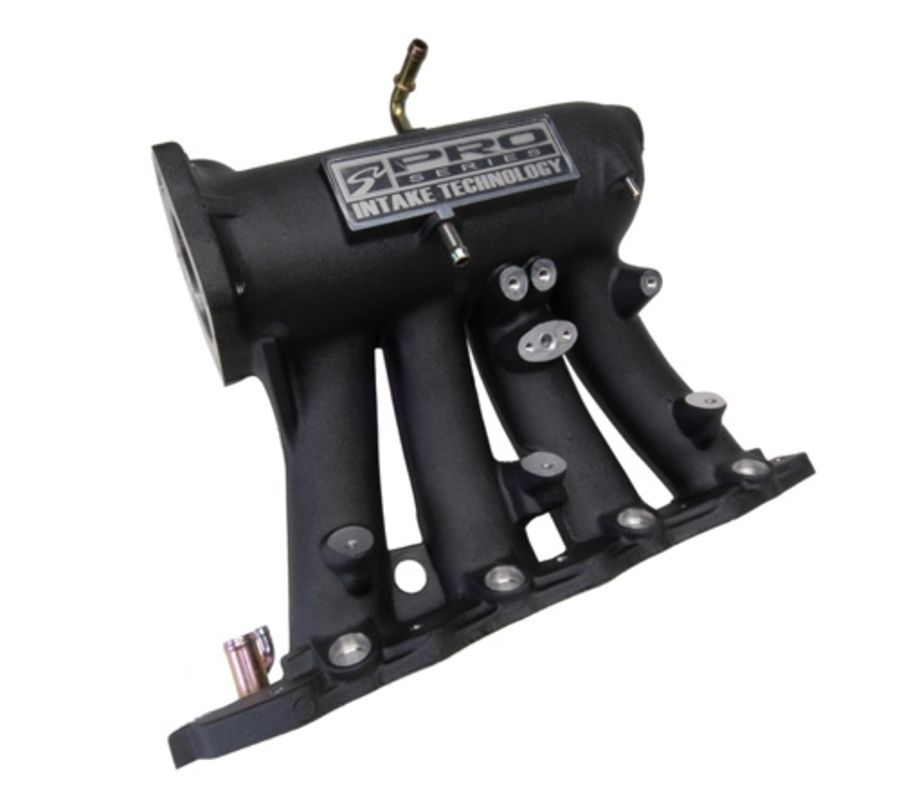
And here we pass over to the throttle body of your car. However the main aim of its tune is to get more throttle response. UNLESS the stock throttle body is too small to allow all the air the piston chambers can pull in at wide open. Basically, adding a larger throttle body allows you to be a "full throttle" faster because of the larger volume of air. However it might be useless if you put too big throttle body. In some engine models (Honda engines, for example) this part is interchangeable it suits all engine series - B, H, D. But you have to pay an attention to the IACV. It seats in different places and may have different mounting points.If you don't know whether such hint exists for your not honda engine or not, so you may look for the throttle body on the E-bay ;-)
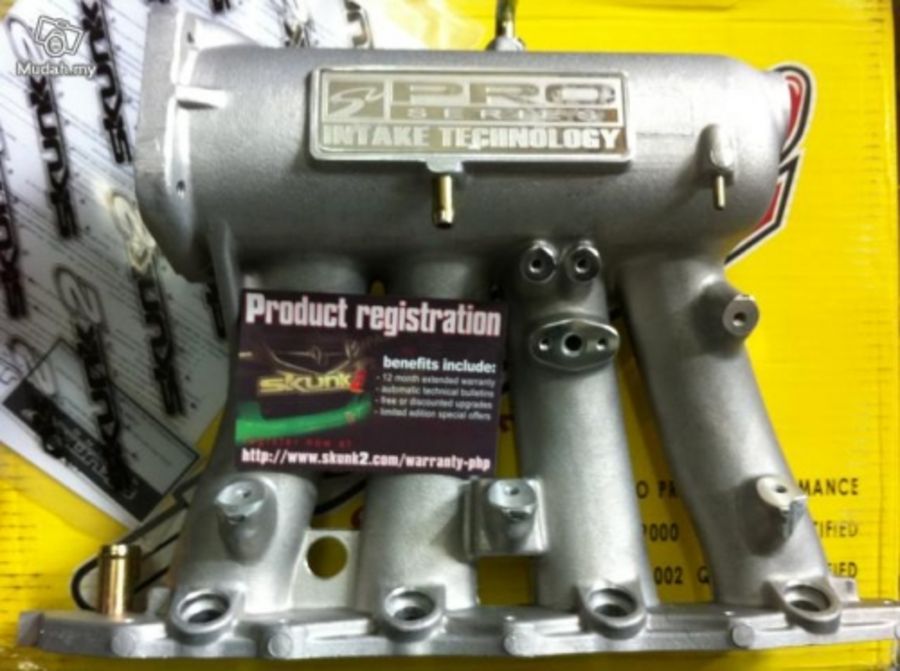
And here we go with an intake manifold. If you prefer OEM you shold look for it in other relative engines, there must be somewhere in engines of the same series, but of bigger capacity. If you prefer to buy tuned parts you do not have to raise the fuel pressure to get more power in some cases, in some you does. At least Honda fans know that Edelbrock and Skuk2 perfectly fit the system.
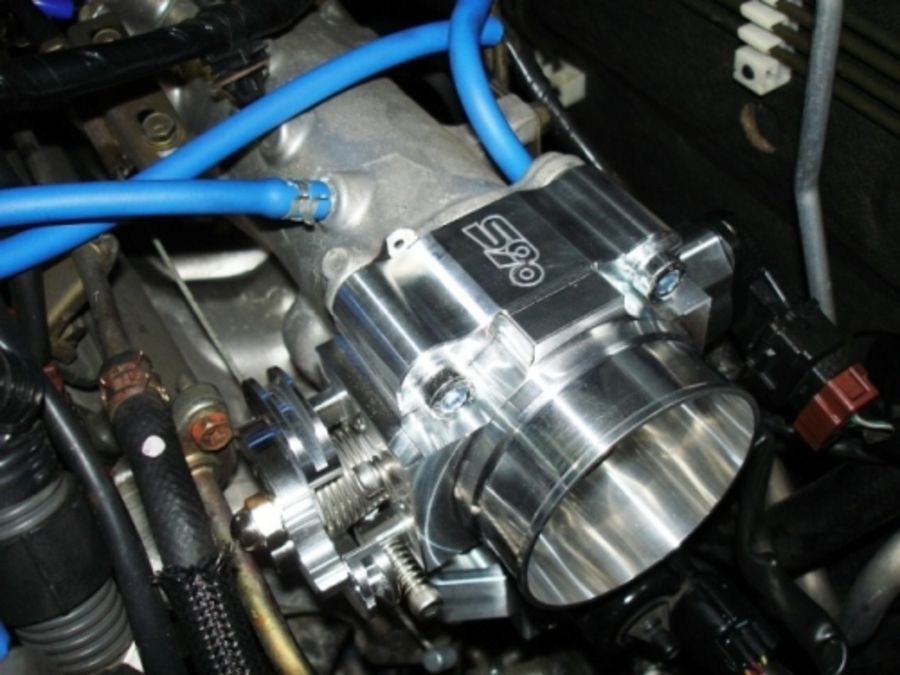
Some begining tuners polish their OEM manifold intakes making the surface inside look like a mirror. It's negatively reflects to the engine performance! Don't make this mistake! The flow needs rough surface - it's simple physic law. (it's difficult to explain now because of the language knowledge)
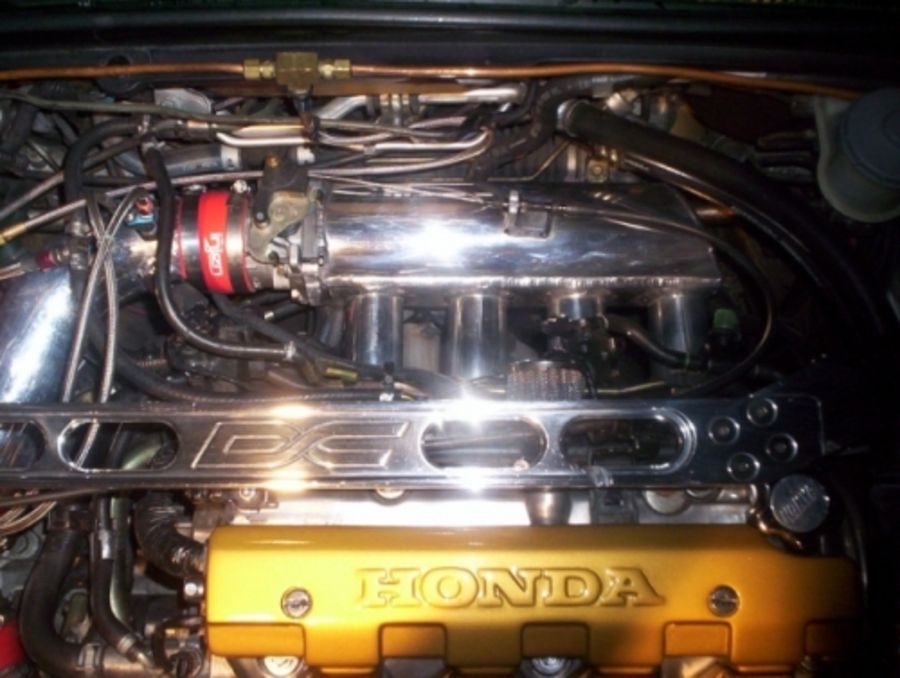
Here is the example right from the guru. Spade says: "In my personal experiences, I had a AEM short ram intake when I was asked by Edelbrock to test out their Intake Manifold. So I needed a before dyno. With a AEM short ram, DC 4-2-1 header and a 2.5" Cat-back: The D16Y8 put down 116whp. Once we had the Edelbrock Intake Manifold installed, peak horsepower jumped to 121whp, with the only loss in power being 2whp just before VTEC crossover for a simple 25rpms. Once that was completed, the car was loaned to AEM for design and fitment of a CAI. After a week of research, the CAI was designed and not only did it add 10whp with the "AEM HUMP" (a term used for the mid-range increase in HP) but added another 5whp overall! This brought the total to 126whp! To put this into perspective, a stock Civic EX puts down 109whp."
All the issues regarding exhaust, block and so on will be tackled in the future!
